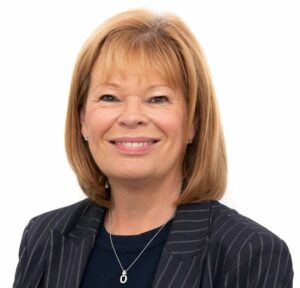Stay safe in the sun message for people in North East and Yorkshire
With summer heat and unbroken sunshine forecast to continue into next weekend and beyond, people in the North East and Yorkshire are being reminded of the health risks associated with heatwave conditions, and to stay safe in the sun.
The main risks posed by a heatwave are not drinking enough water, overheating – which can make symptoms worse for people with heart or breathing problems – and heat exhaustion and heatstroke.
Dr Yvette Oade, Regional Medical Director for the NHS North East and Yorkshire (pictured), says using sunscreen to prevent sunburn and the risk of skin damage, and staying hydrated by drinking water regularly, are particularly important during current high temperatures.

“When taking part in any activity outdoors it’s advisable to protect your eyes and use at least a factor 30 sunscreen offering both ultraviolet A and B (UVA and UVB) protection,” Dr Oade says. “Applying this regularly, even on a cloudy day, helps protect your skin from damage and reduces your risk of sunburn which can increase your risk of skin cancer.
“Extra care is needed to protect children and babies’ sensitive skin and some adults are also at greater risk because of a long-term medical condition or treatment. It’s also important to stay hydrated and remember to drink water regularly throughout the day. While easily forgotten when you’re enjoying a day out, it’s essential for our health, particularly in the warmer weather.”
People with naturally brown or black skin can still develop skin cancer and are more vulnerable to burning if they are only exposed to intense sun occasionally, for example while on holiday.
Read more about staying well in hot weather, including Tips for coping, on the NHS website. Additional advice is available at the sunscreen and sun safety section of the NHS website.
Dr Oade added: “A heatwave can affect anyone, and please look out for those who are most vulnerable – older people, especially those over 75, those who live on their own or in a care home, people who have a long-term condition, babies and the very young.”
